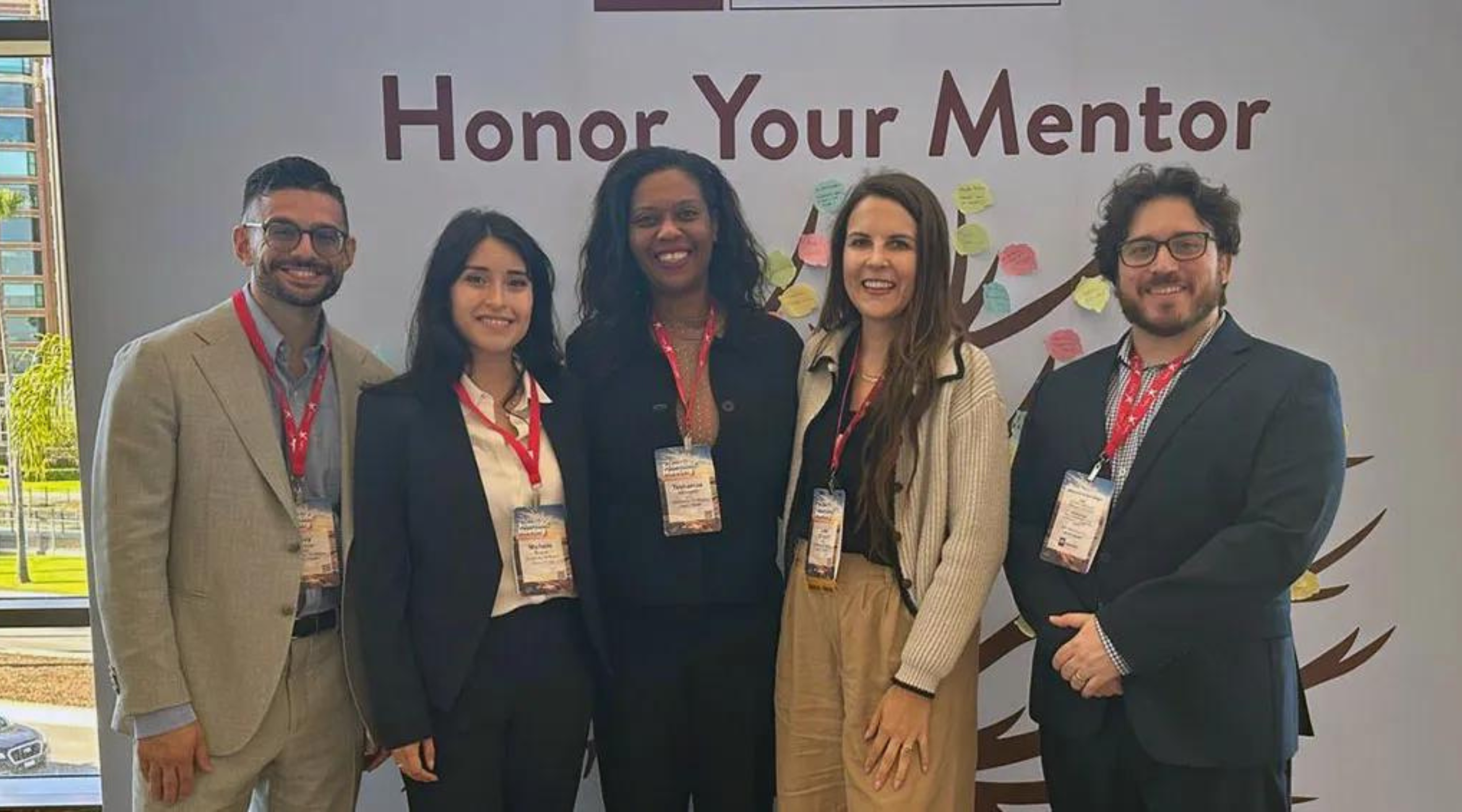USA (Washington Insider Magazine)—Researchers and clinicians from the University of Miami Miller School of Medicine showcased groundbreaking advancements in headache medicine at the American Headache Society’s 66th Annual Scientific Meeting, coinciding with National Migraine and Headache Awareness Month.
Focus on Noninvasive Technologies
Results about a non-invasive neuromodulation device intended for remote migraine attack prevention were presented by Dr. Teshamae Monteith. This gadget, worn on the arm and operated by a smartphone, showed a noteworthy decrease in migraine days for users, indicating a prospective advancement in migraine treatment.
Innovative Treatments for Acute Relief
According to Miami, Dr. Monteith also discussed the effectiveness of zavegepant nasal spray, a novel treatment targeting the CGRP receptor, for acute migraine episodes. The study highlighted its safety and tolerability in adults with anxiety and depression, addressing a critical need in migraine management.
Multidisciplinary Approaches to Complex Cases
The meeting emphasized the significance of multidisciplinary collaboration in managing complex headache patients. Dr. Michelle Bravo presented findings from a collaborative case involving a patient with a unique neurological disease, displaying favorable outcomes with novel treatments such as middle meningeal artery embolization.
Exploring Emerging Science
Dr. Liza Smirnoff, appointed to co-chair the Society’s Refractory Headache Group, discussed ongoing research into refractory migraine and headache disorders. Her work aims to enhance understanding and treatment outcomes in this complex area of headache medicine.
Future Directions and Workforce Development
The future of headache medicine looks promising with initiatives like the Emerging Leaders Program, which Dr. Smirnoff participates in to foster future leaders in the field. Efforts to diversify the workforce, such as Dr. Ricardo Herrera’s project on telemedicine satisfaction among Hispanics, aim to address healthcare disparities in headache care.
Enhancing Patient Care Efficiency
Addressing the shortage of headache specialists, Dr. Monteith highlighted the role of digital health tools and artificial intelligence in improving patient care efficiency. These innovations are crucial in optimizing care delivery amid growing patient demand.
Conclusion
The American Headache Society’s annual meeting served as a pivotal platform for advancing headache medicine through innovative research, collaborative efforts, and initiatives aimed at enhancing patient care and education. As the field continues to evolve, these developments offer hope for millions suffering from migraine and headache disorders worldwide.


























